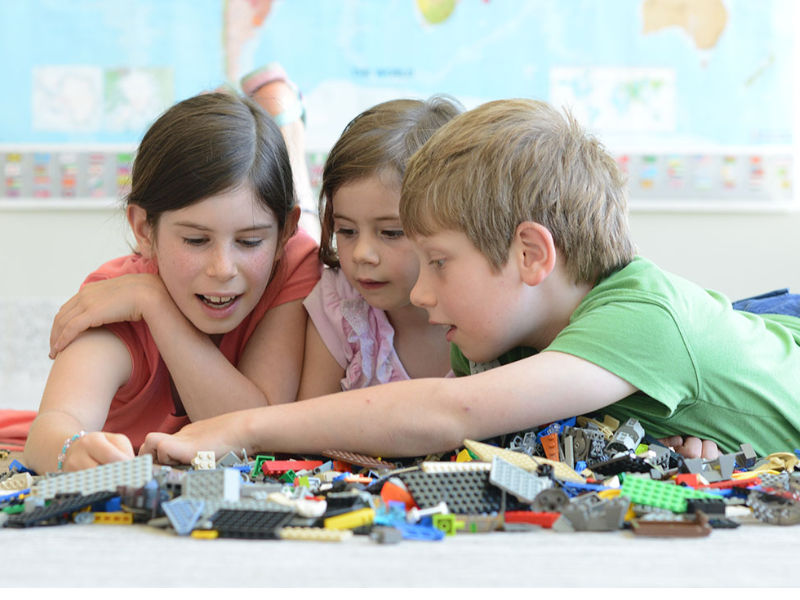World Mental Health Day is a great opportunity to look around and see how your children are faring in the daunting age of social media. TikTok, Instagram, YouTube and other platforms have taken over a child’s imagination in 2024.
In 2022, a study had warned about the impact of social media on children and teenagers. It said that three out of four children as young as 12 dislike their bodies and are embarrassed by the way they look, increasing to eight in 10 young people aged 18 to 21.
The study added that nearly half of all children and young people aged from 12 to 21 questioned said they have become withdrawn, started exercising excessively, stopped socializing completely or self-harmed because they are regularly bullied or trolled online about their physical appearance.
In 2024, the concerns surrounding children and social media have only intensified. Antony Bainbridge, Head of Clinical Services & Clinical Lead, Resicare Alliance, says that his team has observed high levels of social anxiety in a post-pandemic world and a lot can be connected to social media.
Resicare Alliance specializes in residential care for children and adults, with a particular focus on those with learning disabilities, autism, mental health challenges, and social, emotional, and behavioral needs.
“Kids are adept at accessing social media for information without restrictions,” says Bainbridge, adding that widespread use of social media also brings with it concerns surrounding cyberbullying, which is related to anxiety and depression among children.
“This can lead to higher rates of suicides among teenagers,” says Bainbridge.
In 2021, when the pandemic thrust the world into a lockdown, there were huge concerns about the mental health of an entire generation of children and young people and parents and caregivers. But the pandemic may represent only the tip of a mental health iceberg – an iceberg we have ignored for far too long, said one UNICEF report.
Data from that year showed that more than 13 per cent of adolescents aged 10–19 live with a diagnosed mental disorder as defined by the World Health Organization. This represents 89 million adolescent boys and 77 million adolescent girls.
Three years later, this mental health pandemic among kids continues. A recent study found that increased screen time is associated with higher levels of depression, anxiety, and attention issues among 9- and 10-year-olds. Following a diverse group over two years, researchers discovered that activities like video chatting, texting, and gaming were most strongly linked to depressive symptoms. Social media has exacerbated body image issues among children, say experts.
Screen time has become a quick fix, a band aid, or a “digital nanny” for overworked parents.
So can parents spot disorders or behavioral issues among children early on?
“Parents should look for changes in behavior, such as withdrawal from activities, changes in eating or sleeping patterns, and increased irritability,” says Dr Letizia Cardelli, a therapist who specializes in working with individuals and couples. “Open communication about feelings and encouraging emotional expression are crucial,” says Cardelli.
As the world marks Mental Health Day, one wonders, will the younger generation inherit the trauma or baggage of the previous generation?
“Gen Z and Alpha may be inheriting heightened levels of anxiety and depression due to environmental factors, societal pressures, and the pervasive influence of technology,” says Cardelli. “Early intervention and support are critical to addressing these challenges.





